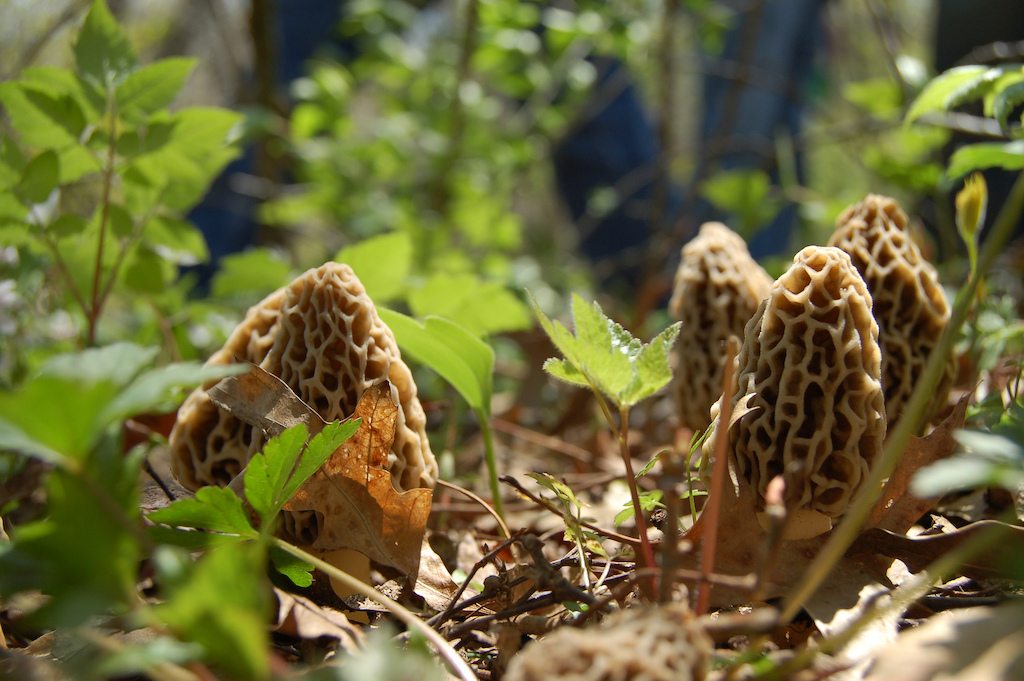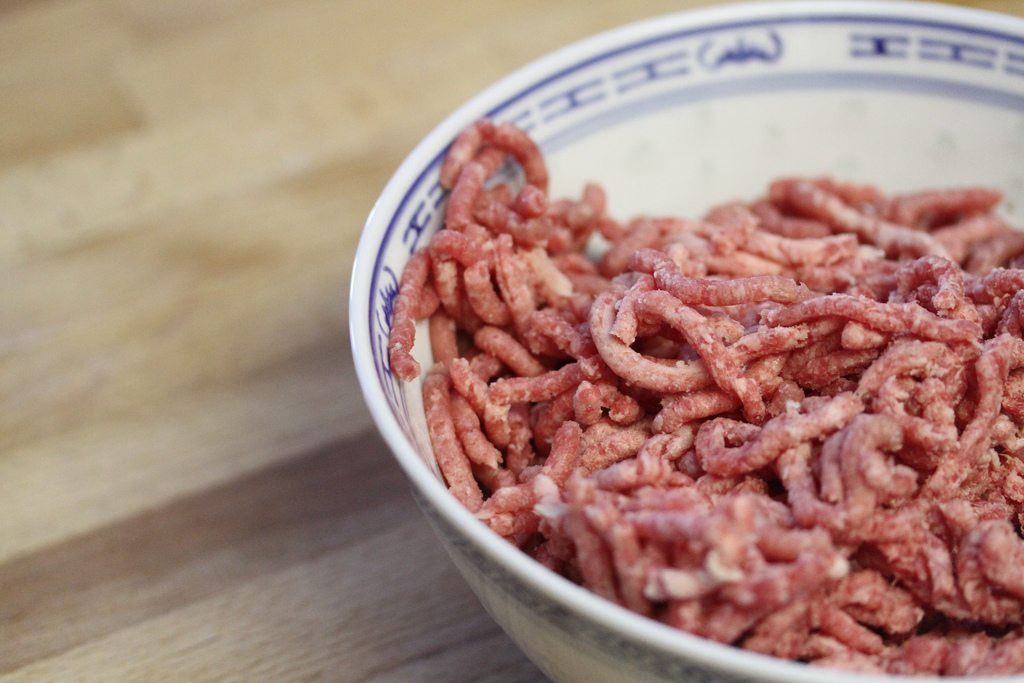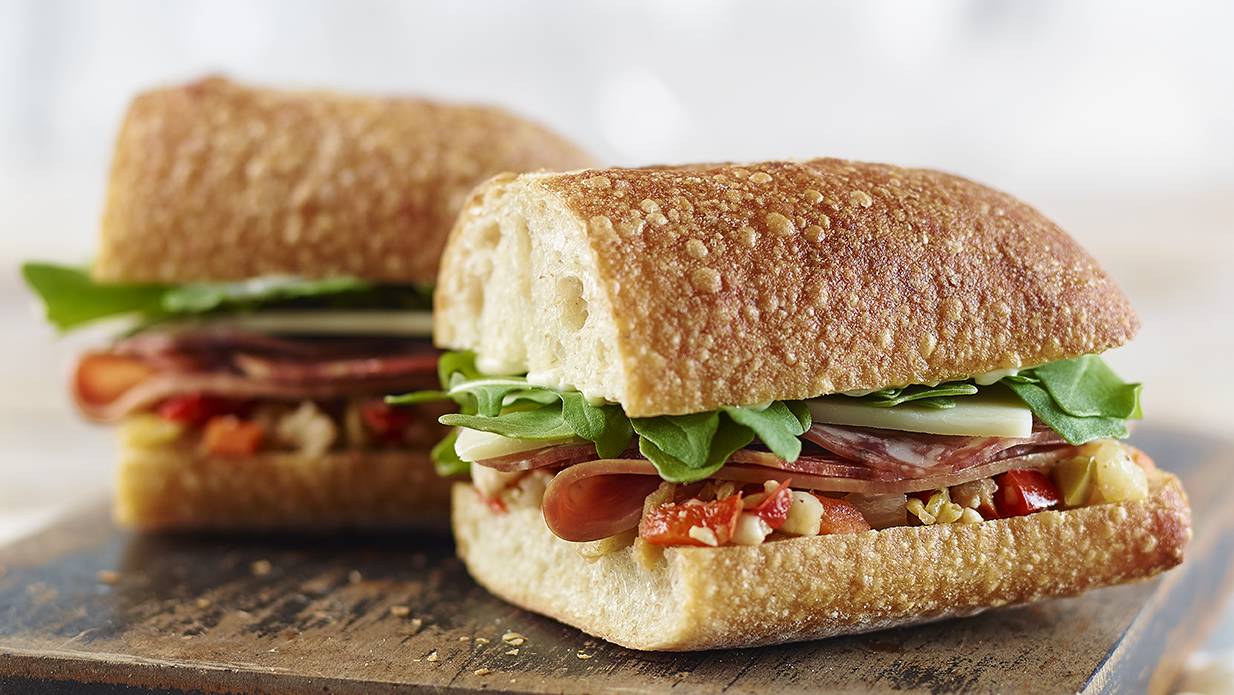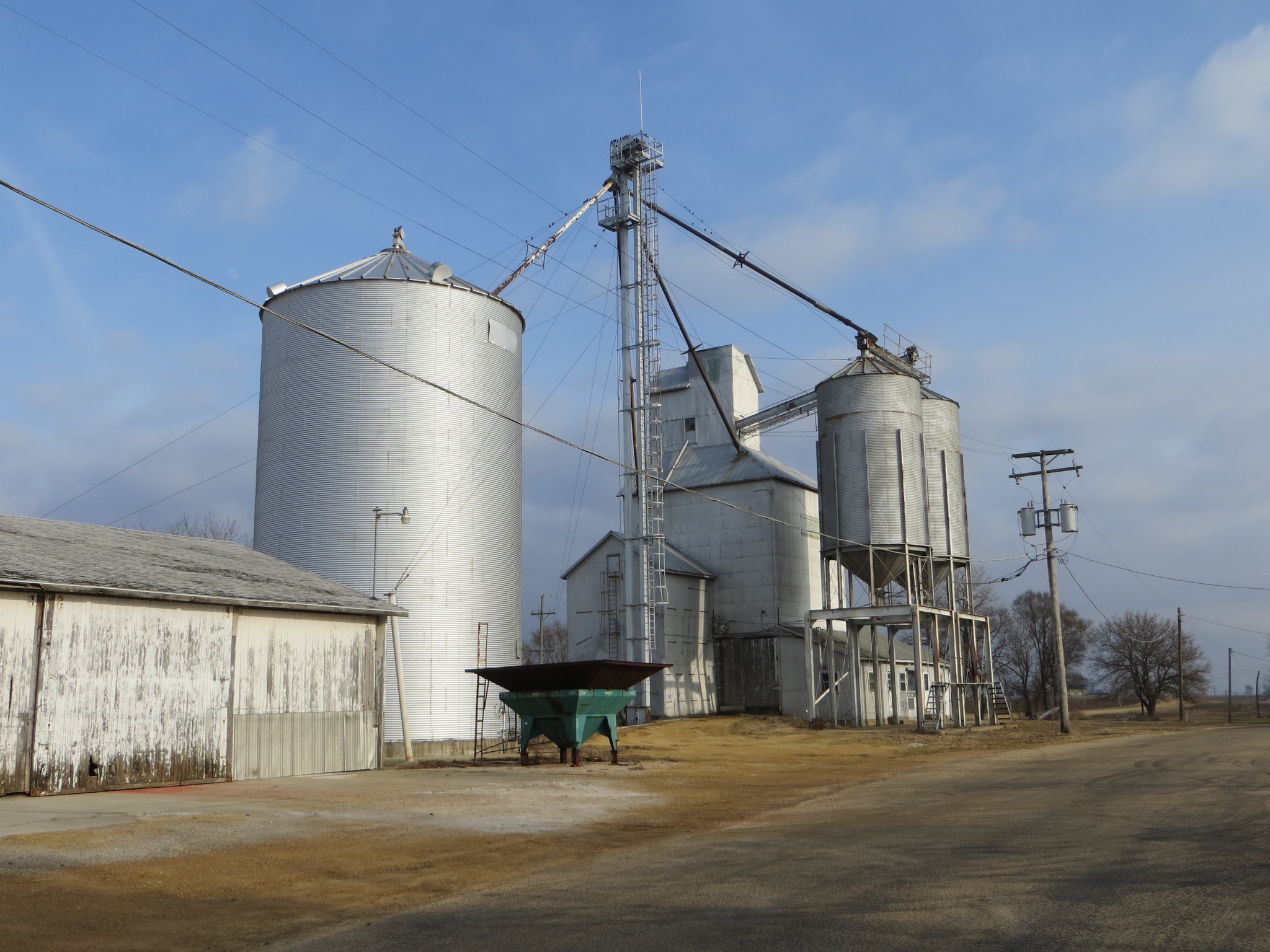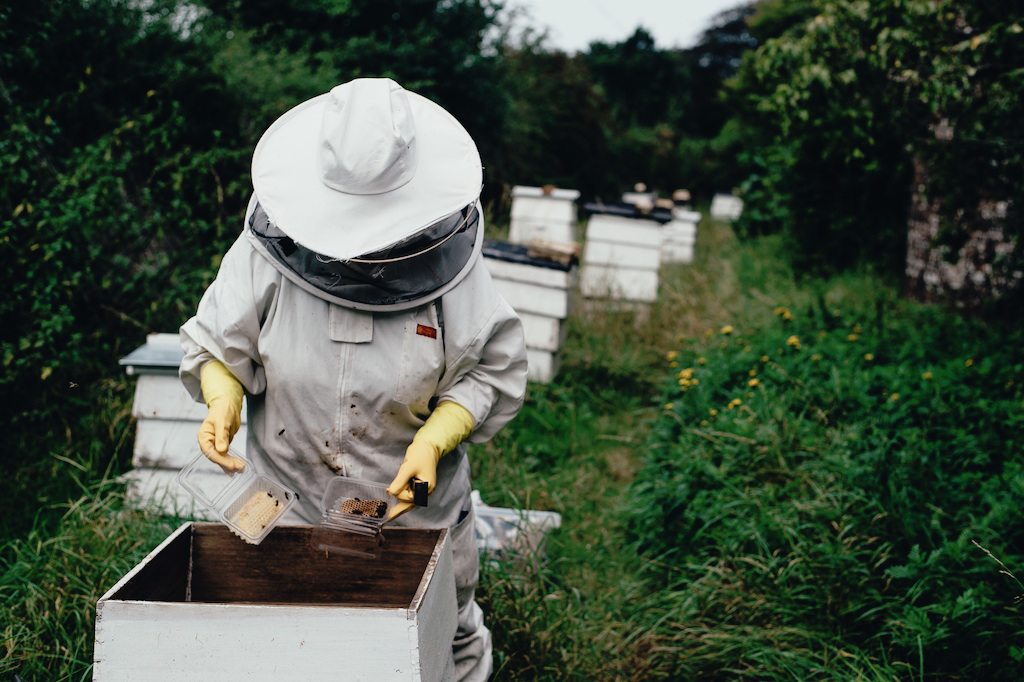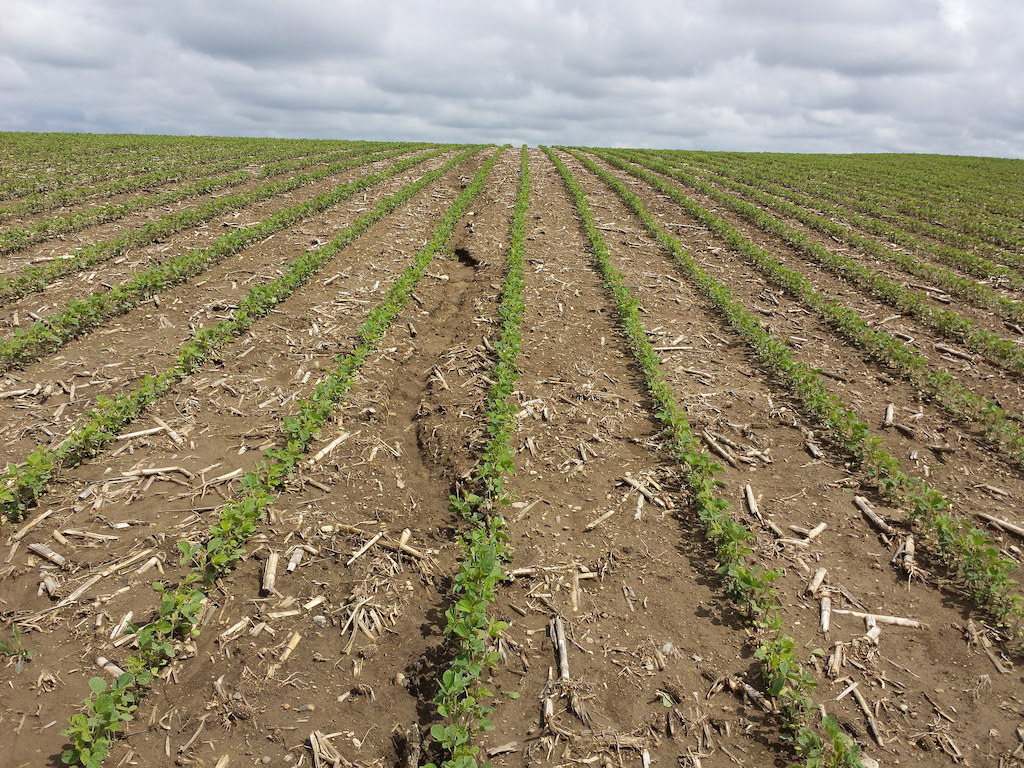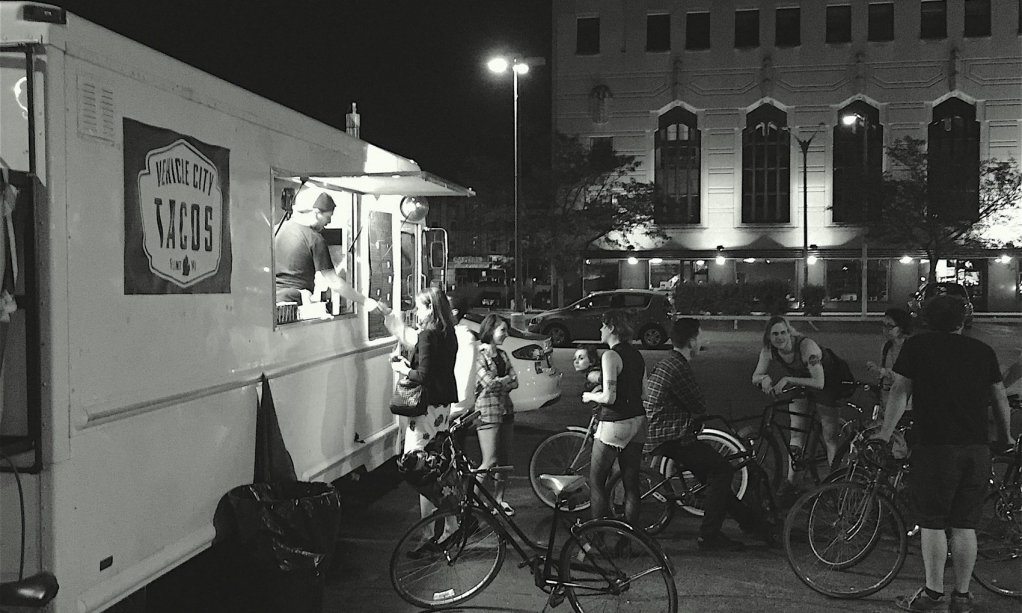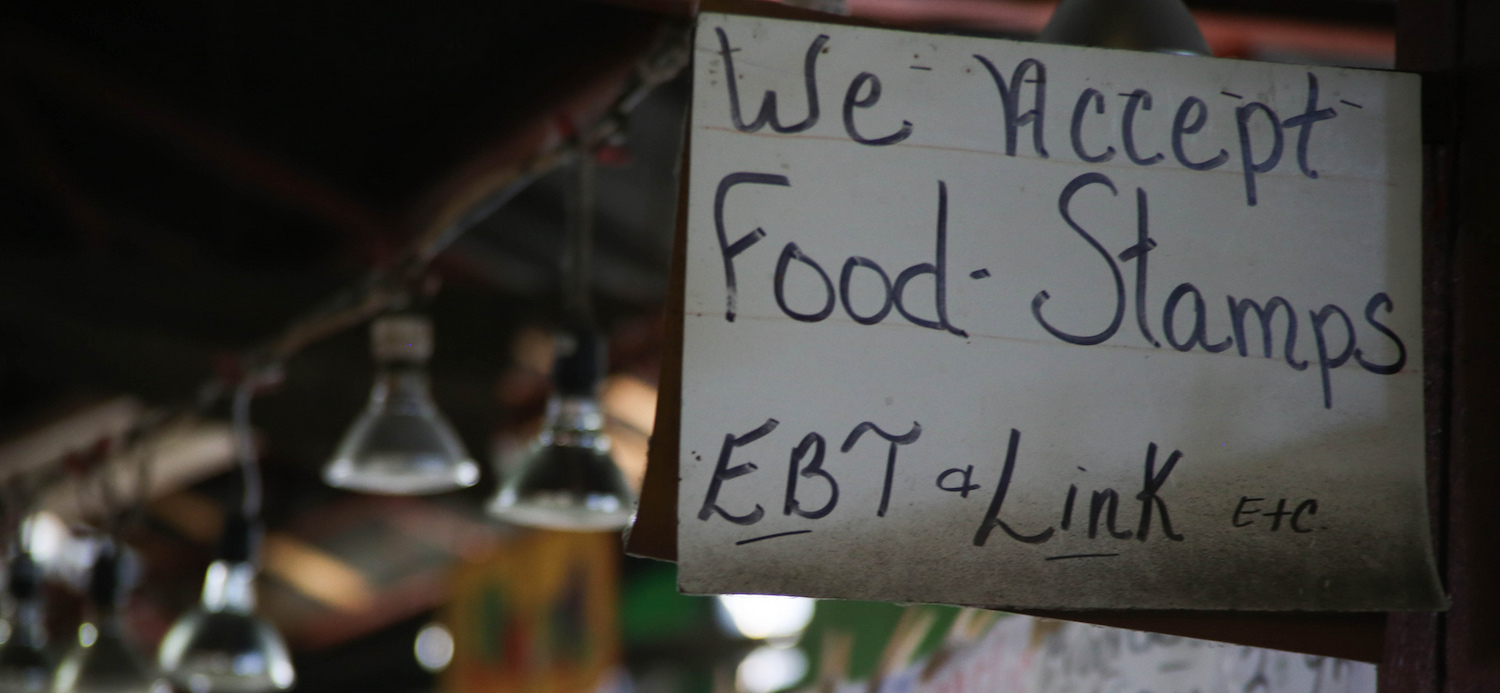We might have predicted that overregulation anxiety would spread far and wide in the food and ag world as 2016 drew to a close and the White House prepared to change hands. But here’s one thing we didn’t see coming in the first week of the new year: Cries of “oversized government” have extended all the way into the forests of Michigan and out over the fungal kingdom to settle on the shy morel.
Republican governor Rick Snyder of Michigan vetoed a bill on Thursday that would have eliminated a requirement that mushroom foragers obtain a state certification before selling morels at restaurants, grocery stores, and farmers’ markets, Food Safety News reports.
Some background: The Food and Drug Administration (FDA) issued a federal Food Code in 2009 that required any forager selling wild mushrooms be an “approved mushroom identification expert.” That echoes language from a similar set of rules introduced in 1993. But it turns out that it’s not so easy to define a mushroom expert, and compliance with the code has been spotty. State agriculture departments have so far been left to their own devices to decide what qualifies an “expert” and how to certify foragers.
In Michigan, the FDA rule was largely ignored until recently—each spring, professionals and enthusiasts alike comb the woods searching for the elusive ‘shrooms, hoping to strike it rich. The scarcity that makes morels so expensive—in 2015, they retailed for $50 a pound in Michigan—has also made them much less of a food safety priority than, say, raw meat. “If you talk to folks up north, they never had a problem, nobody really bothered with it until a couple of years ago,” executive director of Midwest American Mycological Information Chris Wright told Michigan Radio in 2015.
But in 2014, the rule posed a problem during the National Morel Mushroom Festival, when Michigan restaurants had to resort to buying their morels from Oregon (which had a certification process in place) due to a lack of certified in-state foragers. The state hadn’t yet set up a system for designating mushroom experts. “Even though we had plenty of morels, we didn’t have anyone to certify them. So those restaurants couldn’t serve them,” Wright told Michigan Radio.
Crain’s Detroit described the situation as a Catch-22: “In Michigan, the catch would be if a state bureaucrat said you can’t sell something legally without a certification. And when you asked how you could get certified, the same bureaucrat said it was impossible, there was no certification process.”
So, in 2015, the state rolled out a program to help people become “approved mushroom identification experts” (mirroring FDA’s language) by taking a class that was offered in several different cities. The day-long class costs $175 and includes an exam. A forager has to show up for the class and get 80 percent of the exam questions right in order to receive an Expert Mushroom Identifier Card, which is good for five years. The cost to the forager comes out to about $35 per year, roughly the price of a pound of mushrooms.
But Rep. Triston Cole (R-MI) took issue with this requirement, minimal as it may seem. He told Michigan Radio it was a “solution in search of a problem” and introduced House Bill 5532 in April of 2016 to exempt morels from the certification rule. Morels, he argued, are easy to identify. Restaurants and foragers know what they’re doing, the logic goes, so why fix it if it ain’t broken?

Can you spot the fake morel? (Answer: Bottom right)
There is such a thing as a morel fugazi (which you don’t want to eat) though the author of the Crain’s Detroit article implies that an experienced buyer or forager would be unlikely to confuse it for the real deal. A real morel’s stem is hollow, he explains, while the fraud fungi’s stem is solid. And fake mushrooms are more than just a ruse: MLive reports that Michigan leads the nation in mushroom poisoning cases. The 2014 morel season saw 46 people poisoned by lookalikes.
Cole’s bill passed the state’s Republican legislature (along party lines, Food Safety News reports) and landed on governor Rick Snyder’s desk. He vetoed it, citing the FDA rules and a recent uptick in morel-related poisonings, as well as murky language in the bill itself. Cole responded to the veto by calling the certification requirement “egregious … a flawed, bureaucratic process implemented by a department to over-regulate businesses and hinder their ability to add this unique delicacy to their menu.”
Regardless of whether you think regulating morels is totally unnecessary, vital to the safety of our food system, or a total non-issue, the first week of 2017 has presented us with a food fight that may strike a tone for the rest of the year: The federal government makes a rule. The states ignore it for a while, then comply. State representatives cry “overregulation” and fight for exemptions. It lands on the governor’s desk.
Had Snyder signed HB5532, it would’ve been interesting to see an FDA reaction. The language of the federal Food Code leaves the interpretation of “expertise” up to the enforcers—in this case, state departments of agriculture. But Cole’s definition, which basically says “all foragers are experts because they’re foragers,” may not have had a prayer in the first place. Happy mushroom hunting.
